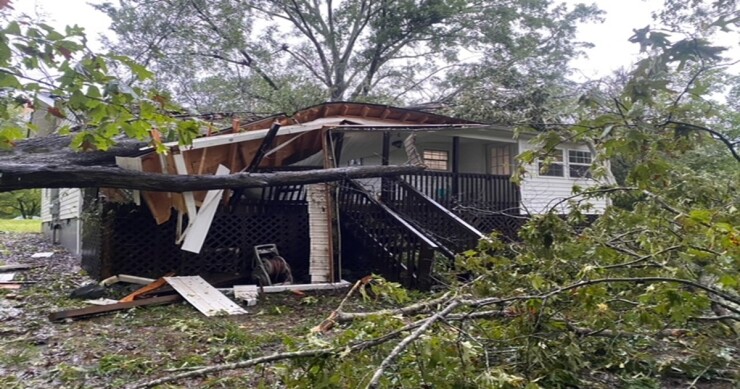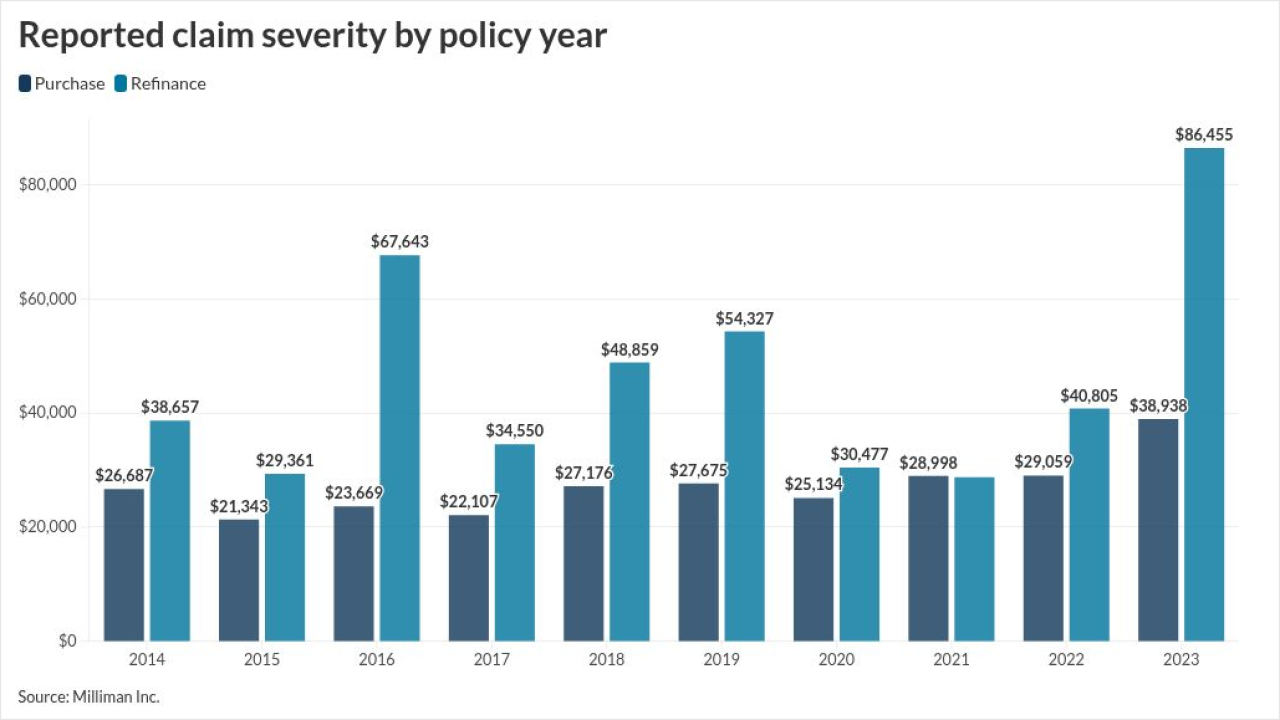Multi-dimensional challenges of catastrophic events
Both the intensity and frequency of catastrophic events have surged alarmingly across the world. The ensuing supply chain disruptions and operational overload for insurers are immense, compounded by the limited surge capacity they can plan for and the shortage of trained resources. This makes them severely constrained to manage the large number of vulnerable customers who require specialized attention, leading to non-compliance and damage to reputation.
Moreover,
Design principles in building the right response models
Insurers must use the right design principles to develop resilient operational models. At the strategic level, they should drive a wider risk architecture — in terms of diversified financing mechanisms, advanced scenario modeling and stress testing, and seamless integration across finance, legal, and operations.
At the operational level, design considerations include:
- 'Day Zero' response and surge readiness
- Dedicated event response and additional scaling with hot and warm seats
- Accurate assessment of digital maturity (including AI, automation, and analytics)
- Resilience building through accurate predictive risk models
- Regulatory factors to be complied with
- Impact across the value chain
- Cross-skilling with swift versatility to handle surges with customer empathy, especially for vulnerable segments
This approach enables insurers to develop a future-ready event calculator that provides predictive insights into expected volumes and effort, helps identify the right resources from existing operations, and facilitates the rapid deployment of the most effective response plans and teams.
A reimagined overall engagement cycle
A meticulous and innovative three-phase engagement cycle holds the key to efficient event response.
1) The first is pre-event readiness with:
- Surge strategies that define event categories and volume thresholds
- Capacity building across product lines and forecasted volumes
- Playbook creation of event-specific workflows, triage protocols, escalation paths, and vulnerable customer procedures
- Stress testing with pressure point analysis and mock surge drills
- Governance structures
2) This sets the stage for the second phase: a seamless event response precisely when catastrophe strikes. It includes well-defined event triggers for capacity and protocol activation, along with the rapid mobilization of the right surge teams within compressed timelines. Embedded within the response framework are processes for prioritization, performance tracking, escalation and exception handling, and quality assurance.
3) Post the event, the third phase, recovery, is activated to ensure a seamless transition from surge mode to business as usual. This involves efficient and meticulous event debriefing to measure performance, customer experience, and tech resilience for continuous improvement.
Designing the right training for clarity of actions
Training for emergency-related surge calls for a completely different mindset. While the best of standard training is both structured and extensive, emergencies are not. They are unpredictable, and while extensive in causing damage, they tend to strike the weakest link.
Being equipped for surge-related events demands an extra layer of speed, agility and multi-tasking under stress — on top of thorough product and service expertise. Smart cross-skilling with short and multiple bursts of scenario-based training is the need of the hour. This will equip them to understand scenarios and the psyche of vulnerable customers, link them swiftly to the right sequence of actions, and coordinate for closure — with empathy and focused problem-solving and decision-making capabilities.
As challenging as catastrophic events are for insurers, it is a tremendous opportunity to evolve rapidly under pressure and enhance customer experience in a world that promises to stay disrupted. A critical truth to remember is that only the first catastrophic event of its type can be considered as a black swan — once it strikes, it has to become part of the operating environment. Smart insurance players will make this their anthem.






